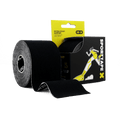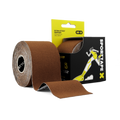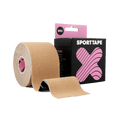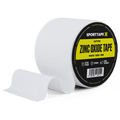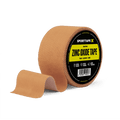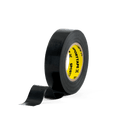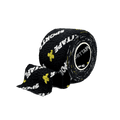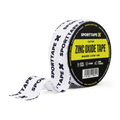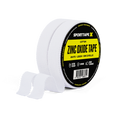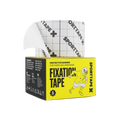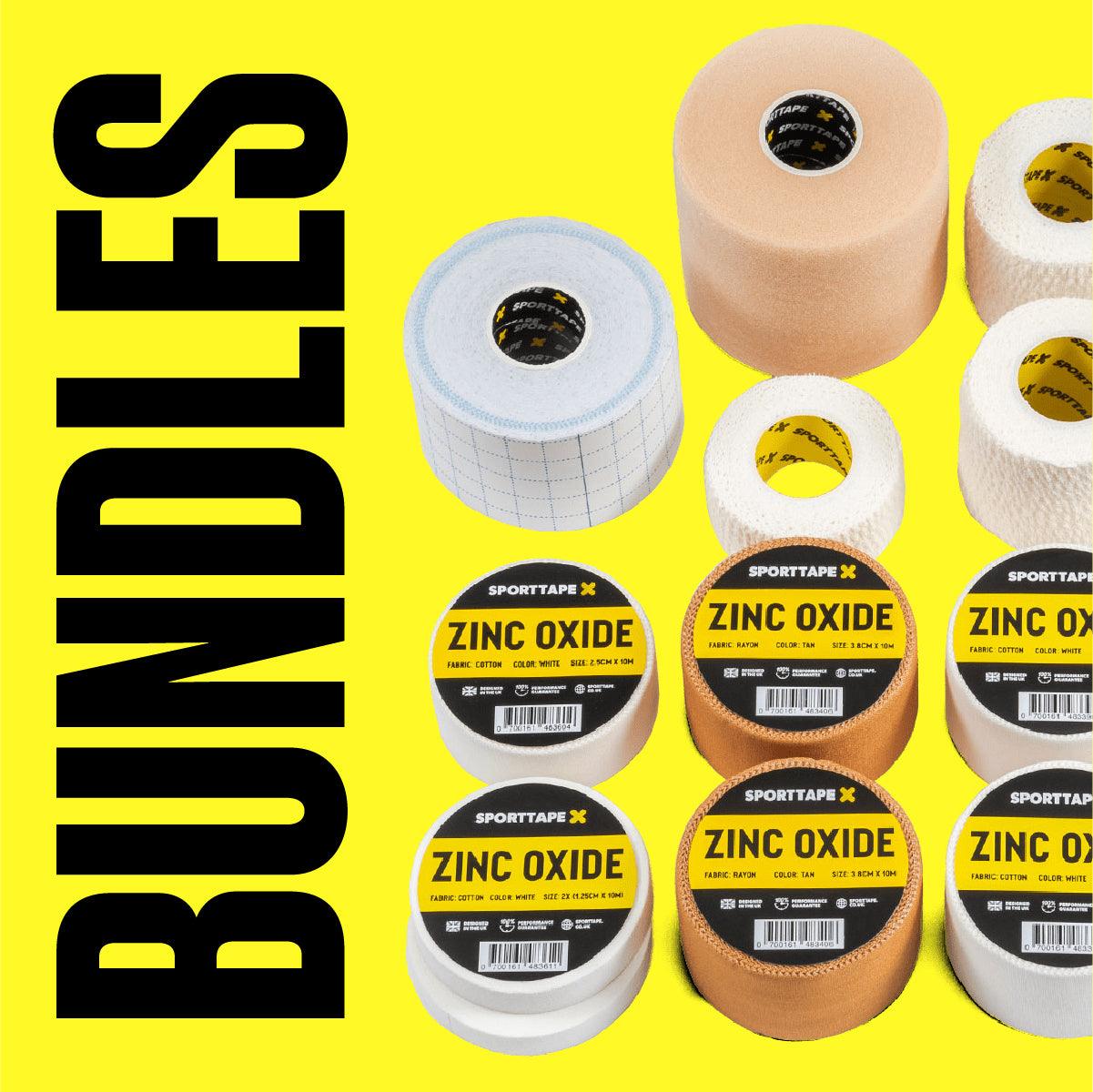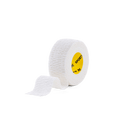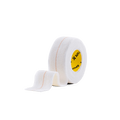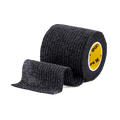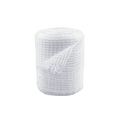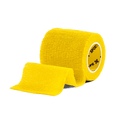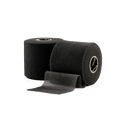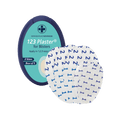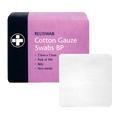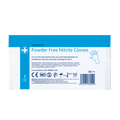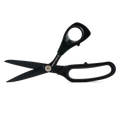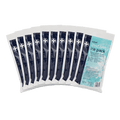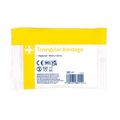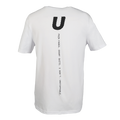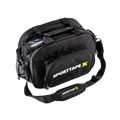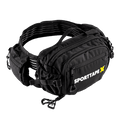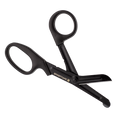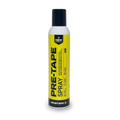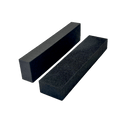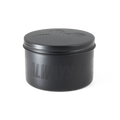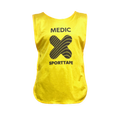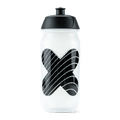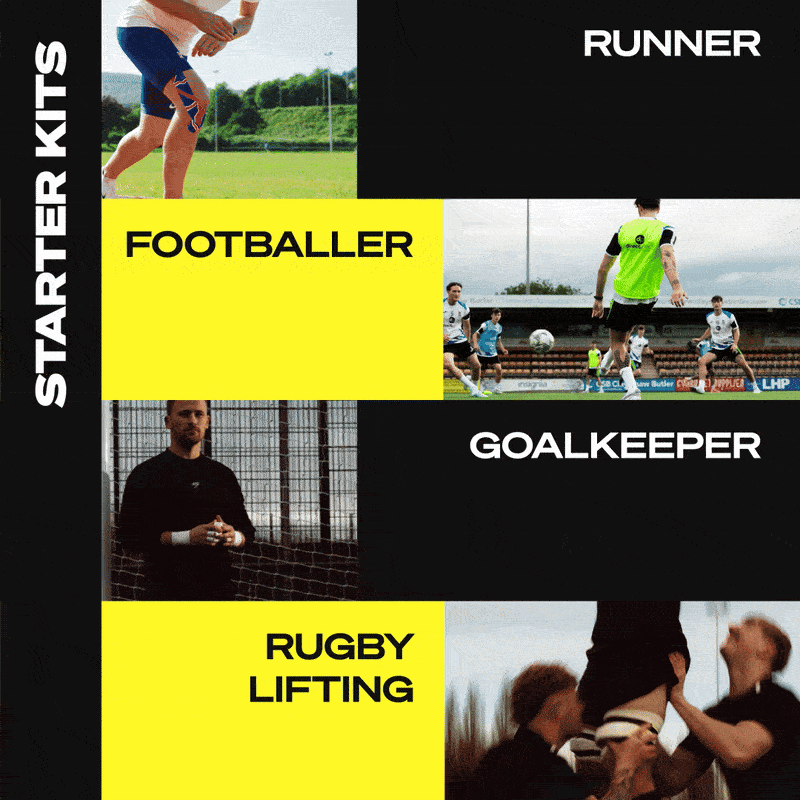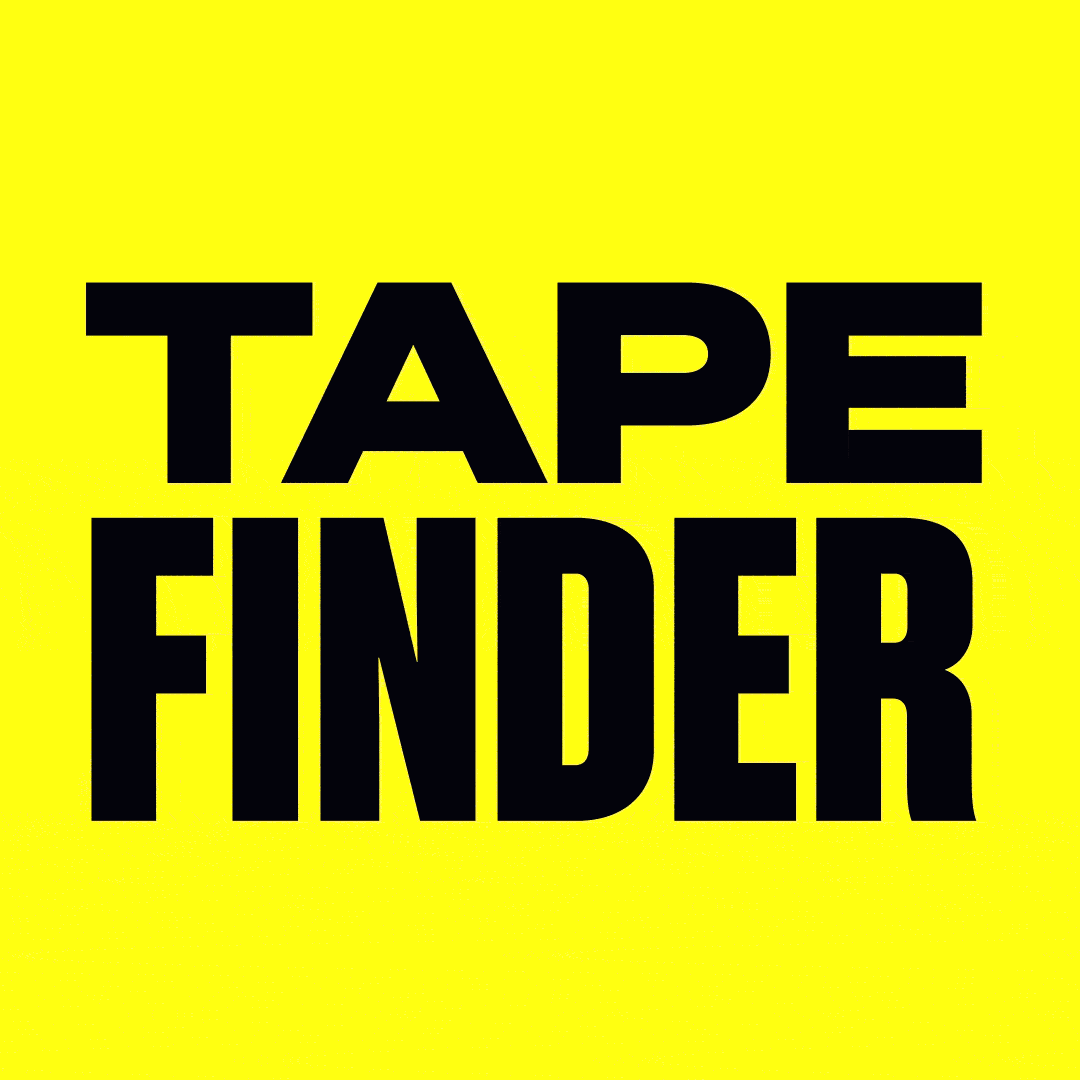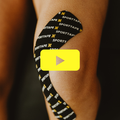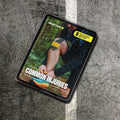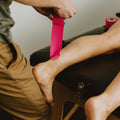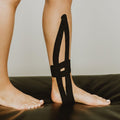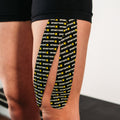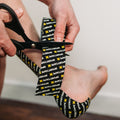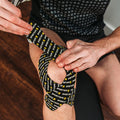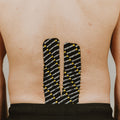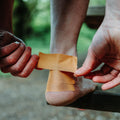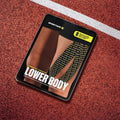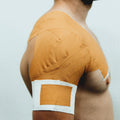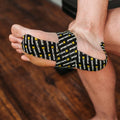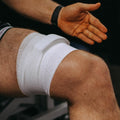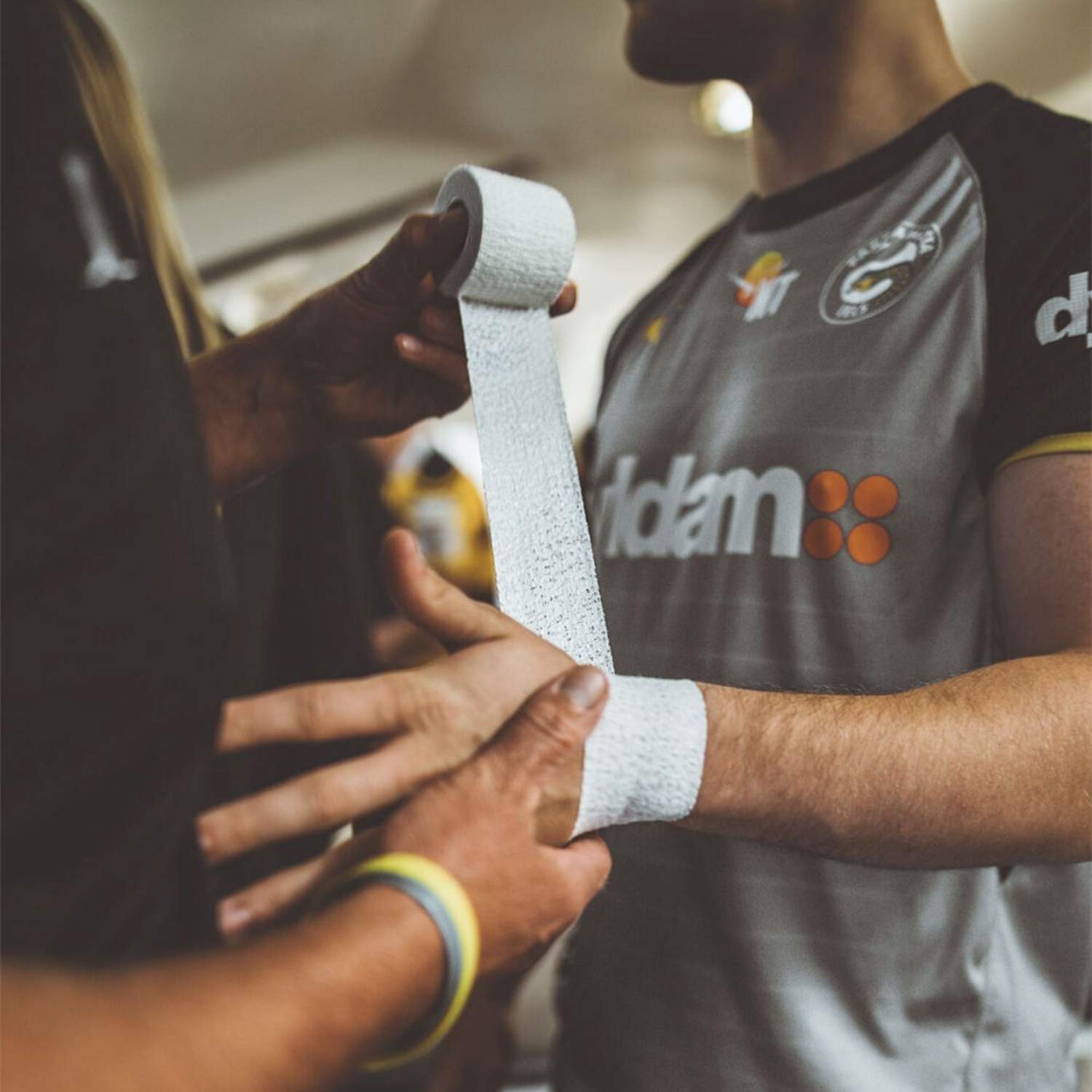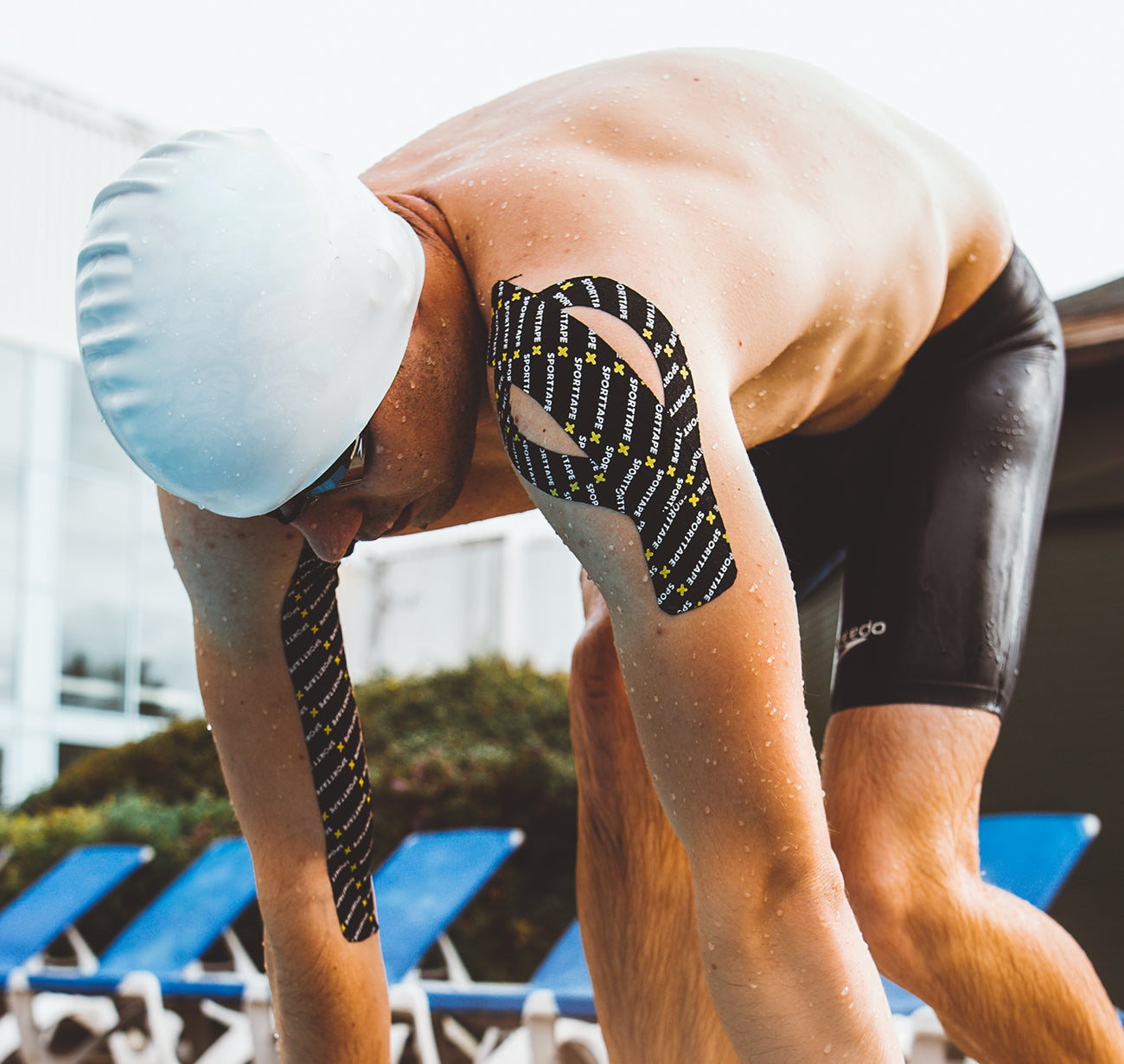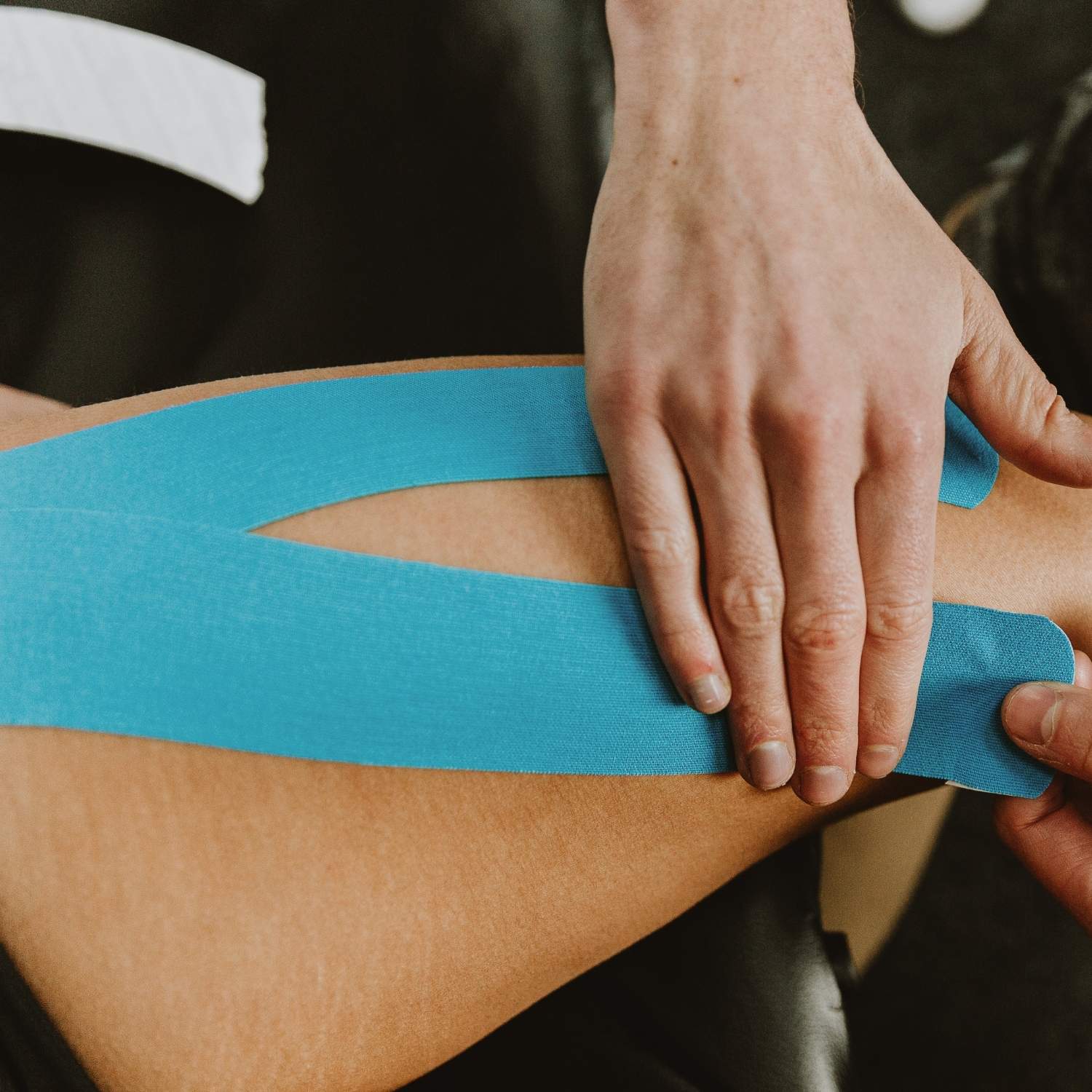Taping and strapping is used a lot in Rugby. In fact, at the professional level, nearly every player on the field will be wearing some form of rugby tape during the game. But what tapes are the pros using? And why? As a player and a physio, it's important to know what the tapes you're seeing on the pitch do and why certain players might need them.
What tape you wear will depend on the level of support you need, and your personal preference. This is your ultimate guide to rugby tapes...
WHAT TAPES DO RUGBY PLAYERS USE:
1. EAB (ELASTIC ADHESIVE BANDAGE)
Elastic Adhesive Bandage is the most versatile rugby tape in your kitbag. It can be used for everything from providing light support and compression, to protecting thumbs and wrists. Choose Tearable EAB for faster taping.
EAB is stretchy, lightweight, and strong. That makes it perfect as an in-game compression bandage. It’s the tape you’ll see most often around the thighs of your favourite second row, keeping their lifting blocks secured.
COMMON USES IN RUGBY:
- Compression.
- Securing Lifting Blocks.
- Ear protection.
- Overwrapping Zinc Oxide applications.
- Providing light support.
- Thumb and wrist support.
2. ZINC OXIDE TAPE
Zinc Oxide Tape is the only choice if you need to immobilise an area. It's a non-stretch tape that provides unrivalled support. Choose the Tan/Brown version for the highest tensile strength.
Because of its tensile strength, Zinc Oxide Tape is most often used to support joints such as the ankle, knee and shoulder. You won’t usually see it on show though – it’s usually hidden by a protective layer of Tear EAB.
COMMON USES IN RUGBY:
- Ankle strapping.
- MCL/Knee strapping.
- Preventing elbow hyperextension.
- Thumb and wrist support.
3. KINESIOLOGY TAPE
Kinesiology Tapes are designed to facilitate movement. They stretch and move with the body, providing dynamic support and enabling better neural feedback. You’ll often see these tapes in bright or specific team colours.
Because they're used for neural feedback, they're the number one choice for muscle injuries. From our experience, you're most likely to see these on the lower half of the body than the upper, when it comes to rugby that is.
COMMON USES IN RUGBY:
- Hamstring taping.
- Adductor taping.
- Lower back taping.
- Calf taping.
OTHER COMMON RUGBY TAPES
We've discussed the three most popular tapes in rugby, but those aren't the only ones that you can expect to see on the pitch!
Sock Tape is regularly used, alongside EAB, to help strap up your Lifting Blocks, and is occasionally used to tape around your head to help keep your ears safe and avoid those beautiful cauliflower ears that make anybody who plays rugby stand out instantly!
Fixation Tape is is strong, breathable and super sticky. It's quickly becoming an essential tape for every rugby club therapist’s kitbag to act as a perfect partner for all your strapping applications. If you're having your shoulders or knees taped up, you may well have some Fix Tape stuck to your body.
If you want an even more extensive guide of what tapes are best suited for rugby, check out our up-to-date guide now.
And that's it! Those are your most common rugby tapes that you'll tend to see when you've got a 200lbs prop running at you. Have you got a question about any of these tapes or just want to learn more? Get in touch. We're happy to help!


